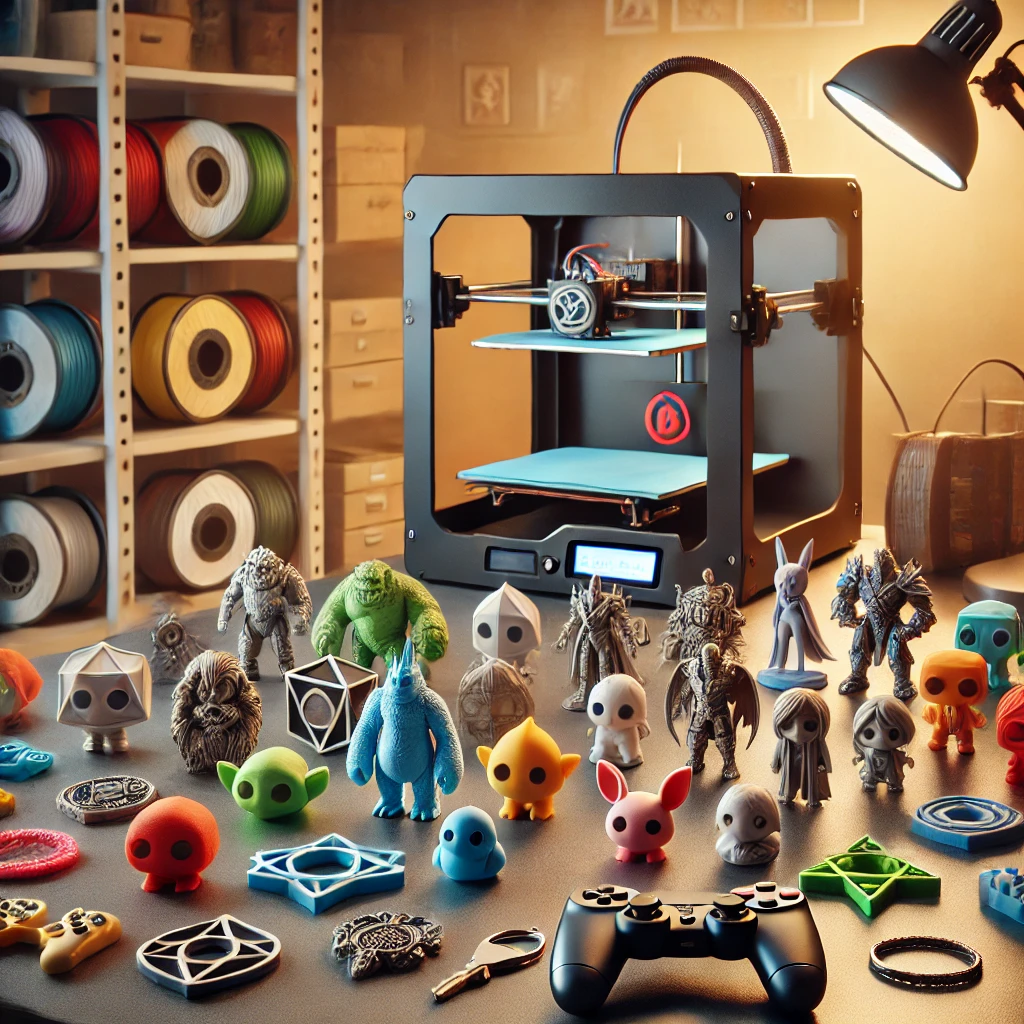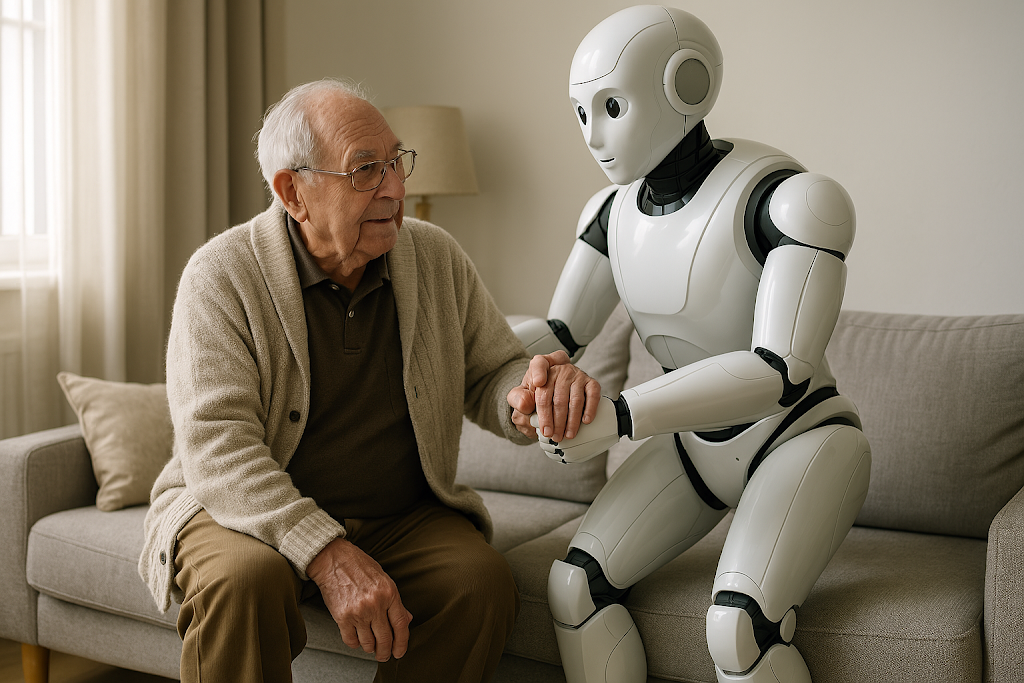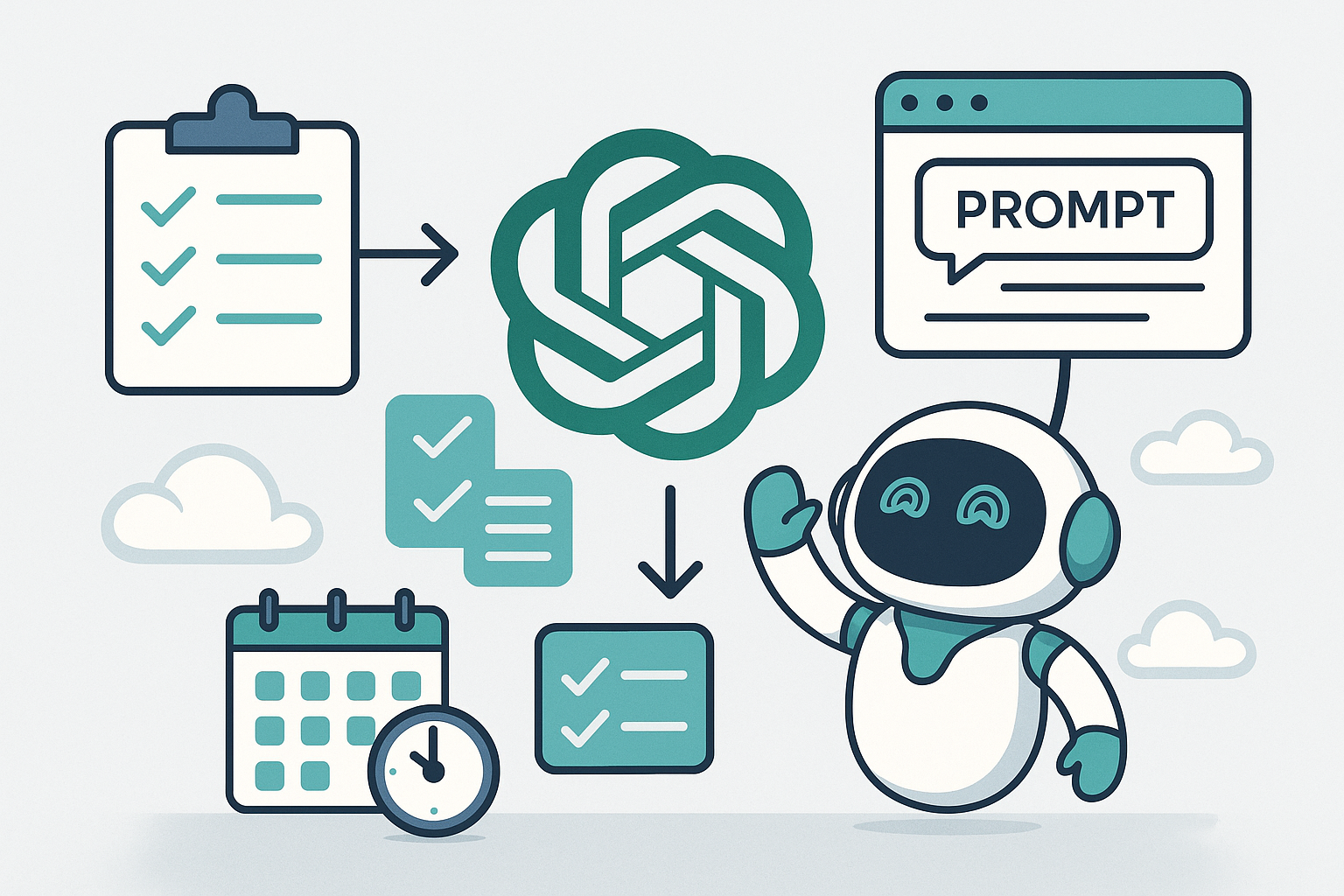The Future of Artificial Intelligence: How AI Will Transform Our Daily Lives

Artificial Intelligence is already part of our routine, even when we don’t notice it: from suggested routes in ride apps to photo filters, automatic captions in videos, and course recommendations. What comes next is the expansion of this presence—with more proactive, conversational, and personalized systems, driven by powerful models like LLM (Large Language Model) and multimodal architectures. This guide covers trends, opportunities, risks, and practical steps so you can take advantage—with awareness and safety.
What Is Artificial Intelligence in Everyday Life (and Why Now)?
Artificial Intelligence in daily life refers to the use of algorithms that learn patterns, interpret data, and make decisions to support human actions. It appears in virtual assistants, chatbots, live captions, voice/image recognition, and recommendation systems. The “why now” is explained by a convergence: abundant data, accessible computational power (GPUs and cloud), increasingly capable LLMs, and integration with IoT (Internet of Things). This combination makes AI more useful, affordable, and close to us.
In practical terms, Artificial Intelligence has made common (and often invisible) tools more efficient: apps that predict transportation demand, platforms that translate speech in real time, and stores that anticipate the product you need. The next leap involves “agents” capable of performing complete tasks, orchestrating steps, and coordinating apps without you needing to “stitch” everything manually—something we’ll see at home, work, and in cities.
- Voice assistants setting alarms, playlists, and home routines;
- Recommendations for movies, music, and courses based on your history;
- Translation of pages, subtitles, and live meetings;
- Customer service chatbots in banks, e-commerce, and public services;
- Facial/biometric recognition for authentication and security.
Trend 1 — Smarter, Proactive, and Conversational Assistants
Artificial Intelligence will turn virtual assistants into real “agents” rather than simple “responders.” Instead of executing a single command (“wake me at 7am”), they’ll understand complex objectives (“wake me at 7am, check the weather, reschedule the ride if it rains, and notify me about traffic”). This will be possible with agents based on LLMs connected to calendars, emails, messages, and task apps.
With this evolution, AI will mediate between services: booking a taxi based on your flight, sending a delay notice to colleagues, finding nearby coffee shops, and updating your grocery list based on an event menu. Conversations will feel more natural, with context maintained and preferences learned—similar to a human assistant.
Common Questions
Do I need to code? No. Setup will be guided by natural language, with pre-built routines.
Any risks? Yes—manage permissions carefully, define access scope, and review history regularly.
Trend 2 — Real and Personalized Home Automation
AI will unify what’s currently a fragmented system: lights, sensors, TV, locks, vacuum, air conditioning, garden irrigation—all communicating. The brain of this smart home will be an AI hub that understands habits and preferences, creating proactive routines (energy saving, climate comfort, predictive security).
In practice, AI learns your patterns: adjusts lighting based on time and activity, closes windows with weather changes, optimizes appliances for cheaper energy rates, and activates safety protocols when anomalies are detected. Using RAG (Retrieval-Augmented Generation), it can reference manuals, efficiency tips, or even condo rules to act more wisely.
- “I’m home” routine: soft lights, playlist, climate control, and schedule summary;
- Energy savings: AI compares your bill and suggests usage optimizations;
- Security: detects unusual patterns from cameras/sensors and sends discreet alerts.
Trend 3 — Predictive and Supportive Digital Health
AI in healthcare will connect wearables (watches, rings), apps, and medical records to create continuous monitoring. Instead of cold alerts, the system will talk to you: “I noticed irregular sleep and high heart rate—want to reschedule your workout and focus on hydration today?”
This AI will integrate vital signs, family history, and calendar context. If you sleep poorly, it suggests light stretching and delays your run; if stress patterns arise, it invites you for a walk and guided breathing. Telemedicine will benefit from structured reports, daily summaries, and graphs that assist diagnosis—with full consent and data privacy controls.
Best Practices
- Grant only necessary permissions (principle of least privilege);
- Enable gentle reminders and disable invasive notifications;
- Review history and delete data you don’t wish to keep.
Trend 4 — Personalized Education and Lifelong Learning
In education, AI will design learning paths tailored to each person’s pace, style, and goals. A visual learner will receive videos and mind maps; another will get step-by-step exercises. Teachers will gain copilots to create tests, grade essays, and offer reinforcement based on actual gaps.
Moreover, AI will literally talk with students: explaining concepts with meaningful analogies, turning classes into personalized quizzes, comparing problem-solving paths, and simulating feedback. In corporate training, it creates simulations of service, negotiation, or crisis management with real-time responses.
Common Questions
Will it replace teachers? No. AI automates repetitive tasks and provides data for more human pedagogical decisions.
How to assess plagiarism? Use clear rubrics, source verification, and in-person activities.
Trend 5 — Social Robots and Emotional Support
AI will give shape to social companion robots—at home and in care institutions—focused on the elderly, those living alone, or patients in rehab. The goal isn’t replacing human bonds but filling routine gaps: reminding meds, suggesting exercises, prompting conversations, playing favorite music, and promoting family video calls.
This AI will sense context: detecting low mood and recommending a walk, noticing isolation and suggesting interaction, and—when authorized—logging signals for caregivers. It’s technology as care, if implemented with ethics, transparency, and consent.
- Medication reminders with simple voice confirmations;
- Exercise plans with favorite songs and guided stretches;
- Weekly well-being reports to family/caregivers.
Trend 6 — Work Powered by Autonomous Agents
At work, AI will act as an invisible coordinator: filtering emails, answering routine queries, assembling presentations with fresh data, and opening tickets when spotting recurring issues. Connected to CRMs, ERPs, and spreadsheets, entire workflows will be automated.
AI will support hybrid teams and squads. Instead of extra staff for repetitive tasks, teams will rely on automation that monitors KPIs, triggers actions, and keeps dashboards aligned. Quality improves as humans focus on decisions, creativity, and strategy.
- Support: automatic triage and knowledge base replies;
- Sales: proposals and follow-ups powered by RAG;
- Ops: automated risk alerts and financial reconciliation.
Trend 7 — Smart Cities, Mobility, and Public Services
In cities, AI will synchronize traffic lights, predict flows, optimize waste collection, and cut water/energy waste. The expected result: less traffic, fewer lines, and greater transparency in public services.
This AI uses open data and sensors, generates dashboards for managers, and returns useful info to citizens: route options, peak hours, fastest services, and direct complaint/request channels. Benefits increase with auditability and public oversight.
- City apps consolidating services and real-time status;
- Smart lighting with energy savings and telemetry;
- Demand prediction and multimodal transport integration.
Trend 8 — Privacy, Security, and Trust in AI
Trust in AI depends on safety. That means governance, model auditing, explainability, and granular permission control. Clear practices are essential: minimize data collection, encrypt and anonymize, define retention, and allow easy deletion.
AI brings new risks: hallucinations (confident wrong answers), algorithmic bias, advanced phishing, and deepfakes. The answer lies in digital education, source verification, human-in-the-loop for critical decisions, and updated security policies. Data protection laws (like Brazil’s LGPD) help guide responsible use.
Quick Trust Checklist
- Review permissions granted to apps and agents;
- Choose tools with logs, data export, and deletion;
- Use two-factor authentication and strong password managers.
Trend 9 — Creative Economy and New Professions
In the creative economy, AI speeds up brainstorming, drafts, scripts, storyboards, and design variations. It doesn’t “steal” authorship when used transparently—it multiplies ideas and boosts productivity, while humans retain curation, style, and final responsibility.
This AI creates space for new roles: prompt designers, dataset curators, bias auditors, agent orchestrators, and AIOps specialists. Small businesses gain “enterprise scale” through accessible automation, and freelancers build packages combining consulting + templates + custom agents.
- Marketing: copy variations, editorial calendar, performance analysis;
- Product: synthesized research, assisted prioritization, rapid prototyping;
- Support: conversational knowledge bases and insight-rich NPS.
Trend 10 — How to Prepare (People and Businesses)
To benefit from AI, invest in digital literacy, data governance, and high-impact pilot projects. No need to rewrite everything—start small, measure, learn, and expand. Adopt in layers: from personal assistants to team automations, from reports to multi-step agents.
In companies, AI flourishes with leadership support, clear success criteria, and process redesign (not just layering AI over old models). At home, build a “personal stack” with a good assistant, simple routines, and security rules for the whole family.
Suggested Roadmap
- Map repetitive tasks and pain points;
- Select 1–2 use cases and define metrics;
- Launch pilot with monitoring;
- Set data policies and human oversight;
- Scale with training and internal community.
Conclusion — Useful, Ethical AI That Serves Humanity
Artificial Intelligence isn’t an end—it’s a means to live more organized, healthy, creative, and productive lives. When designed with ethics, explainability, and control, it amplifies human potential and gives back time—the most precious resource. The future isn’t “machines vs. people,” but “people with better tools.” It’s up to us to align incentives, ensure data privacy, and keep humans at the center.
At home, school, work, or in the city, AI is already reshaping routines. Those who learn to orchestrate agents, manage data, and review outcomes will lead. The next step is to shape this future—with awareness, purpose, and collaboration.
📣 Ready to get started safely and effectively?
Explore more on our blog. We recommend: How to Train ChatGPT with Your Own Data. Subscribe to our newsletter and get exclusive PDF guides!
💬 Frequently Asked Questions
- Will AI take jobs? Smart adoption changes tasks, not just cuts jobs. New roles emerge. Training is key.
- Is it safe to share my data? Depends on the service. Prefer encrypted, auditable, and privacy-respecting tools.
- Do I need to code? No. No-code tools let you build routines using natural language.
- How to avoid hallucinations? Use RAG with trusted sources, validate critical answers, and keep humans in the loop.
- Which areas benefit quickly? Customer service, marketing, finance, IT (AIOps), and at home: routines, energy, schedule, and health.
- Can I use AI with my own data? Yes. Many tools support private memory and custom databases with proper governance.



